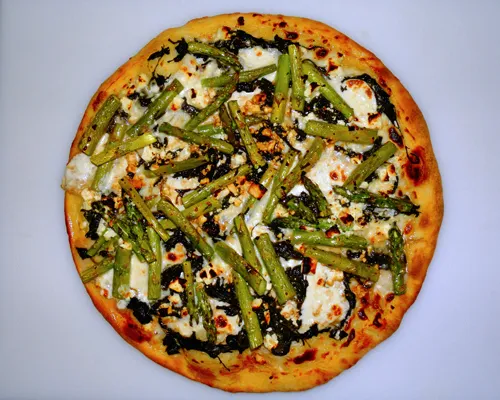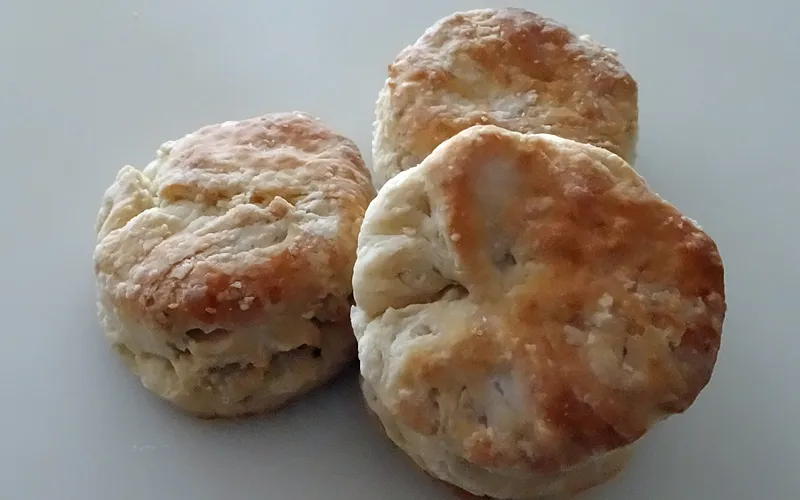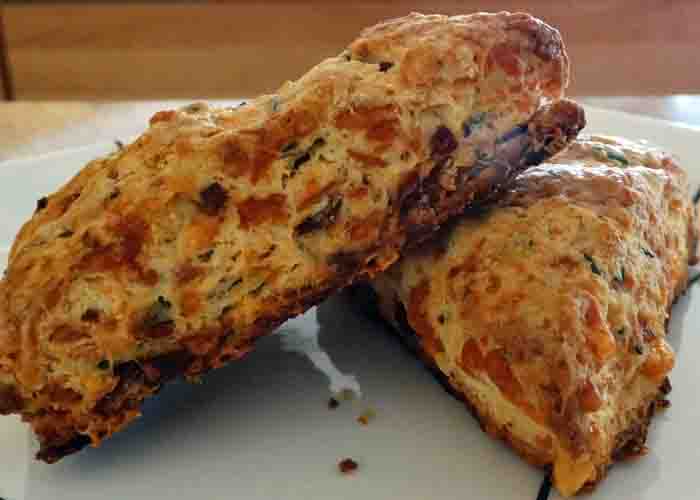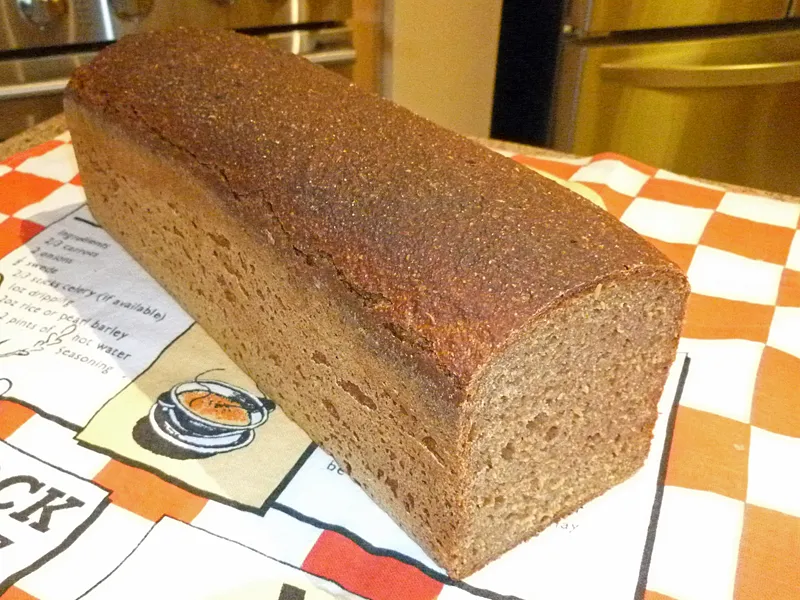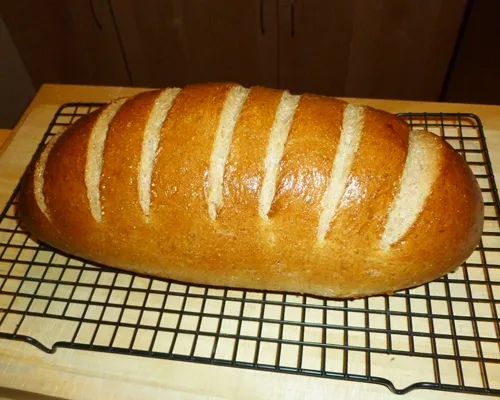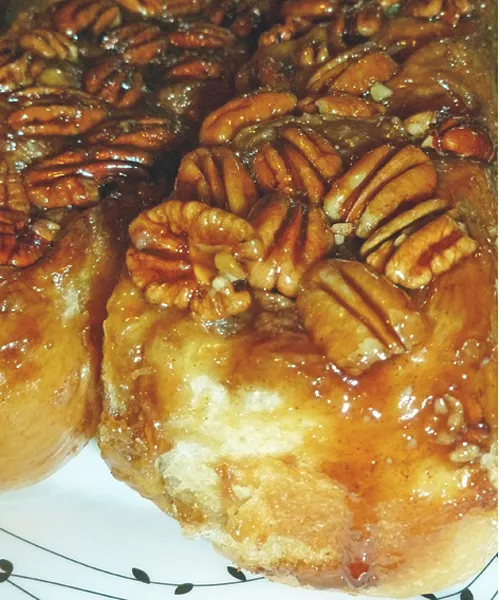Sourdough Foccacia with Sun-dried Tomatos
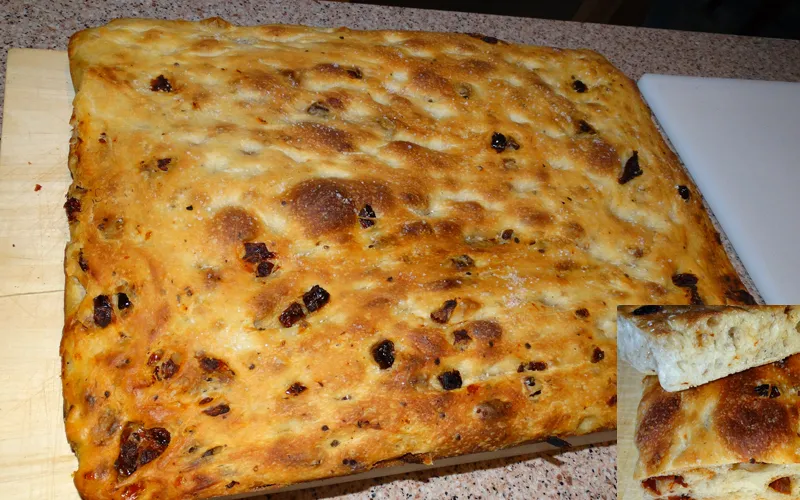
I've posted other examples of my 72% hydrated Foccacia.
http://www.thefreshloaf.com/node/33820/sourdough-focaccia
This time I incorporated 3/4 cup of diced sun-dried tomatoes. These tomatoes, imported from Italy, are sold by BJ's. They are preserved in olive oil, and infused with capers, peppers, wine vinegar and other spices.
I incorporate a third of the tomatoes in each of three S&F before bulk fermenting overnight at 54°F in my wine cooler.
